Sam & Becky
Experience
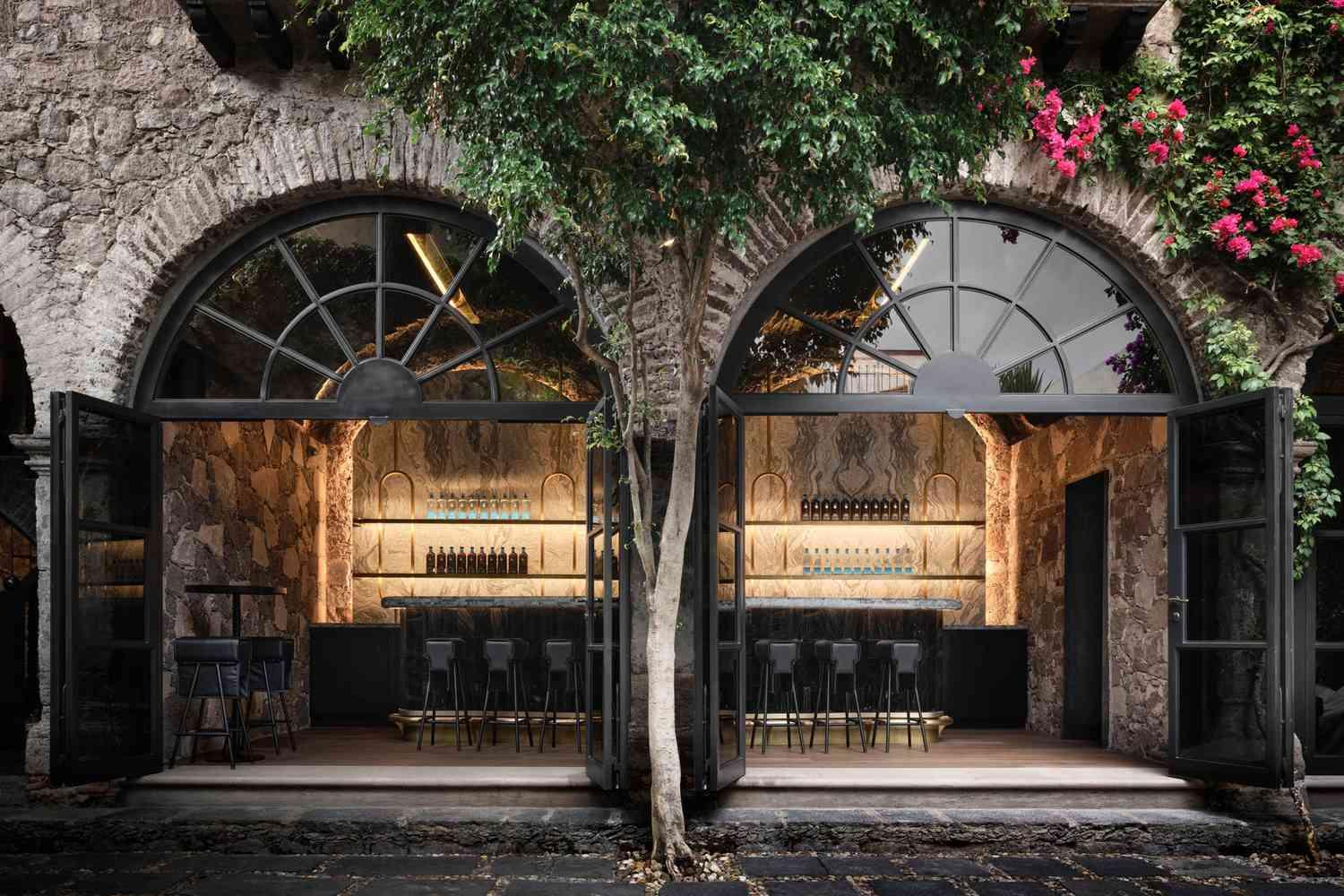
San Miguel de Allende Things to Do-NY Magazine
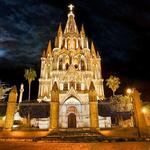
Sights
San Miguel's most famous sight is its parish church, characterized by its pink towers is called Parroquia de San Miguel Arcángel. These unique pinnacles were designed by indigenous stonemason Zeferino Gutiérrez in the late 19th century. He reputedly based the design on a postcard of a Belgian church and instructed builders by scratching plans in the sand with a stick. The rest of the church dates from the late 17th century. It marks the center of the village. Directly in front of the church complex is the Plaza Allende, popularly known as Jardin Principal, but most often referred to simply as el jardin (translates to: “the garden”). It was designed in French style, with wrought iron benches and filled with Indian laurel trees. It's our favorite place to listen to the mariachi in the evenings. Check out the link below for a variety of city tours.
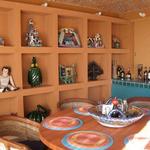
Market Shopping
Fabrica la Aurora, Mercado San Juan de Dios, Mercado de Artesanias, Dolce 18 Concept House and Mixta are all excellent ways to spend the afternoon exploring open art studies, antique & textile shopping, take in paintings and score rare books with breaks at picturesque cafes. We'd been slowly building our ceramics and copper cooking collection at home and recommend leaving room in your suitcase if you're able! Additionally, on Saturday mornings, the Organic Market behind Mercado Sano is a happening spot! Great food stalls, music, people watching and shopping starting at at 9am and winding down by Noon.

Cafes
Levanda Cafe makes a coffee lemonade (limonada de cafe) that is hard to describe and insanely good. Breakfast is excellent here too but not available on Sundays. More recommendations coming soon!
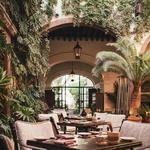
Restaurants
Standouts from our visit included The Restaurant and Trazo 1810. We'll share more our favorites shortly!
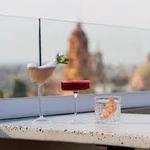
Rooftop Bars
San Miguel de Allende is famous for their rooftop scene, best enjoyed with a cocktail. Our favorites include Bekeb, Quince and Fatima.

Art
San Miguel de Allende is known world wide for it's art scene. We'll share more details here shortly!
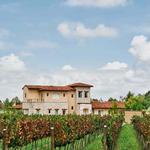
Wineries
The region of Guanajuato has a history of viticulture. Dating back to the 1520s the Spanish colonial government ordered vines to be planted across Mexico. Winemaking was later outlawed for anyone outside the clergy, but after the Mexican War of Independence in 1821, households began cultivating vineyards again. Over the past two decades, more than 30 wineries have opened in the region—ranging from traditional to experimental. Be sure to check back as we add our specific recommendations!
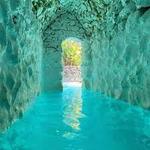
Hot Springs
The most highly recommended hot springs in the region is La Gruta Restaurante & Spa. There are a variety of open air pools, but the star attraction is the grotto where hot water gushes from a tube high in the wall of a dark rocky cave. You approach it via a darkened tunnel, at the end of which is the cave, steamy and chest-deep in hot water. Tourists line up to get a water massage on their heads and shoulders.